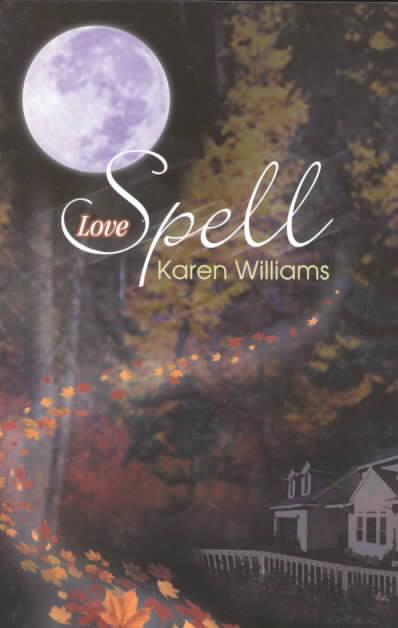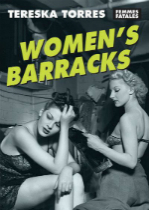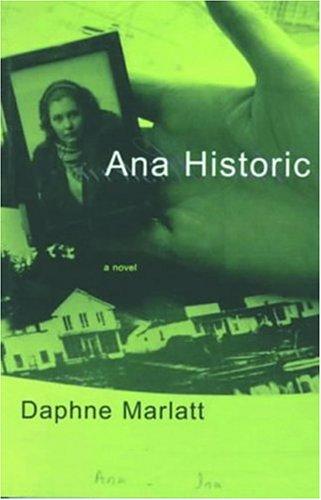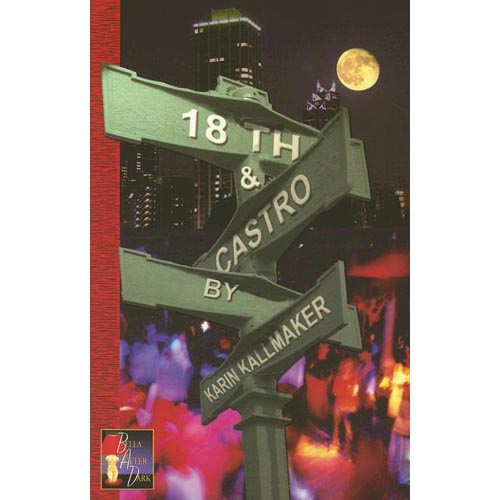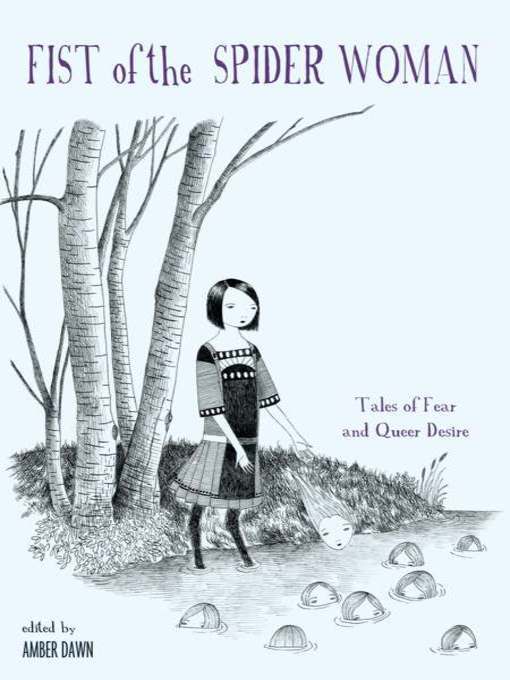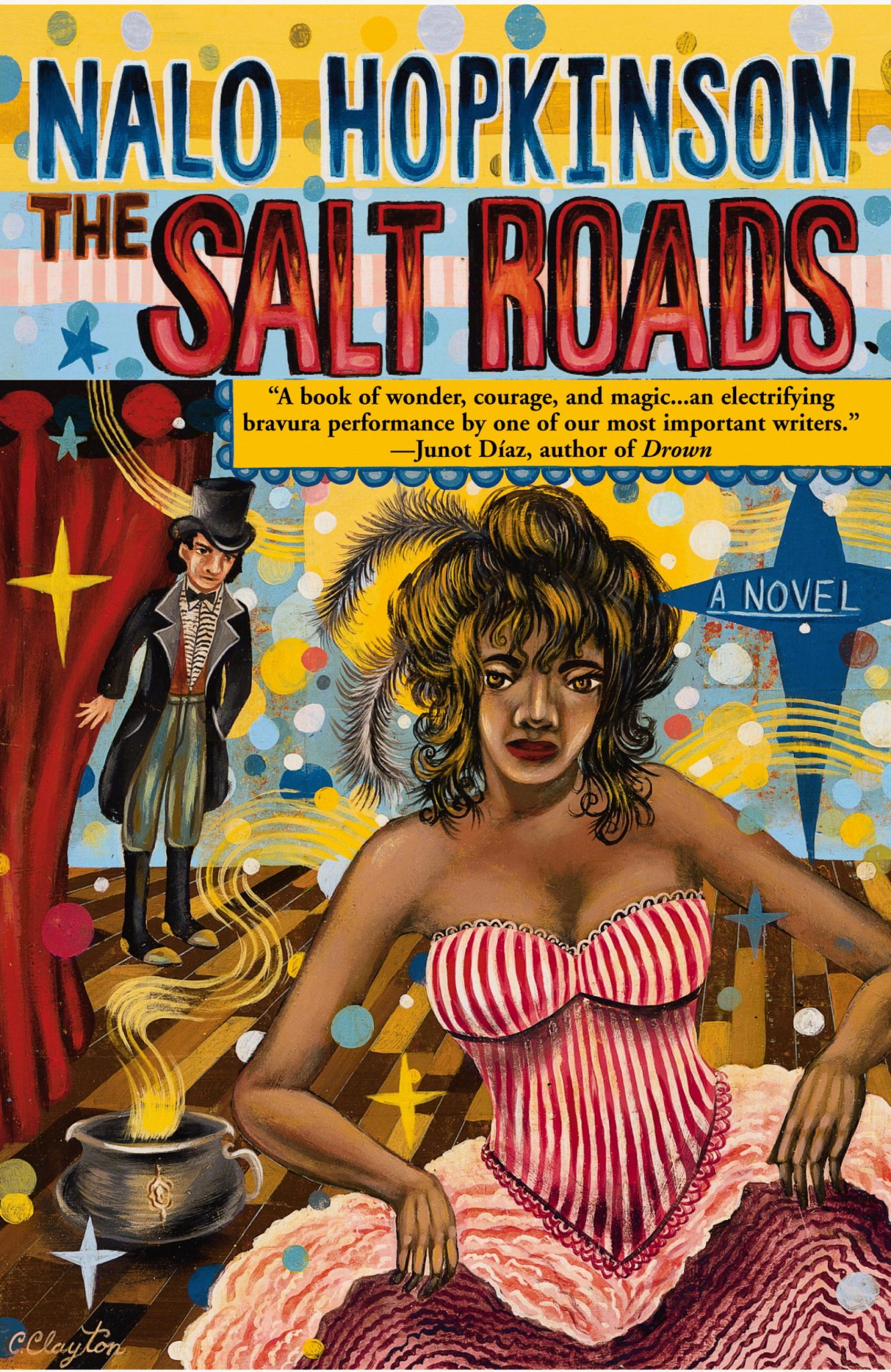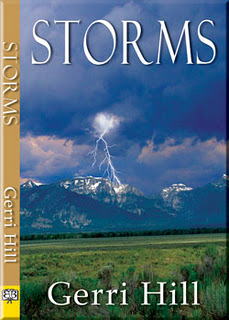Okay, so it may be a little late to pick this up for Halloween, but still!
I’ll admit, I picked up this book entirely because of Rie (Friend of Dorothy Wilde)’s review, so you should probably check that out.
I’m going to go with the negatives first, in a convenient bulleted list
- There definitely is a cheese factor. The beginning seemed cheesy and kind of sudden (their meeting).
- There are two characters in the novel that are little people. They are referred to as “dwarves” the entire time, which I understand as being reflective of the 90s, but they are often referred to as “the dwarves” instead of their names. Plus, they are equated with fantasy dwarves.
- I have a pet peeve about excessive italics, and the dialogue has some.
- There’s a long party scene with a long conversation with tons of characters that I thought was mostly unnecessary.
- Pretty much half the women in this small town are lesbians…?
That’s not the whole story, though! Despite the list of issues I had with Love Spell… I also really liked it! I can definitely see the rereadability factor. The characters are likeable and natural. Other than that party scene, the story seems concise and it’s a quick read.
The best for me was the chemistry between the characters. The romance really seemed natural. You could see why they would fall for each other, and their relationship seems to unfold naturally. [spoilers] The one part that seemed odd/unnatural for me was when she finds out that Allegra is green, she instantly thinks that Allegra has cast a love spell on her. It seems like a big leap to go from green -> real witch -> she can do magic! -> she did magic on me! all at once. [end spoilers]
The chemistry is enough to overrule most of the problems I had with it. I may not be picking it up to reread, but I could definitely see the appeal.

